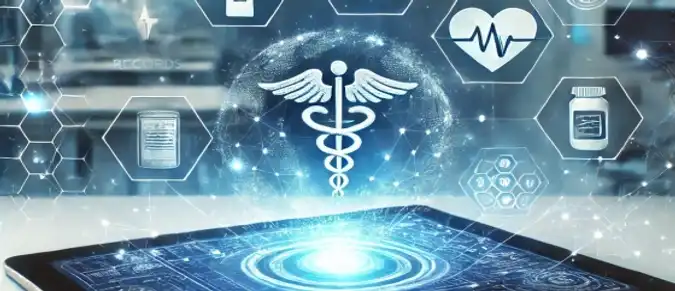Blockchain technology and related decentralized applications (dApps) are beginning to play a key role in transforming many industries, including healthcare. In recent years, numerous solutions using dApps have emerged to improve various aspects of medical care. These applications not only ensure the security and transparency of medical data but also contribute to the development of personalized medicine, enhance the efficiency of interactions between patients and healthcare institutions, and improve supply chain management processes in pharmaceuticals.
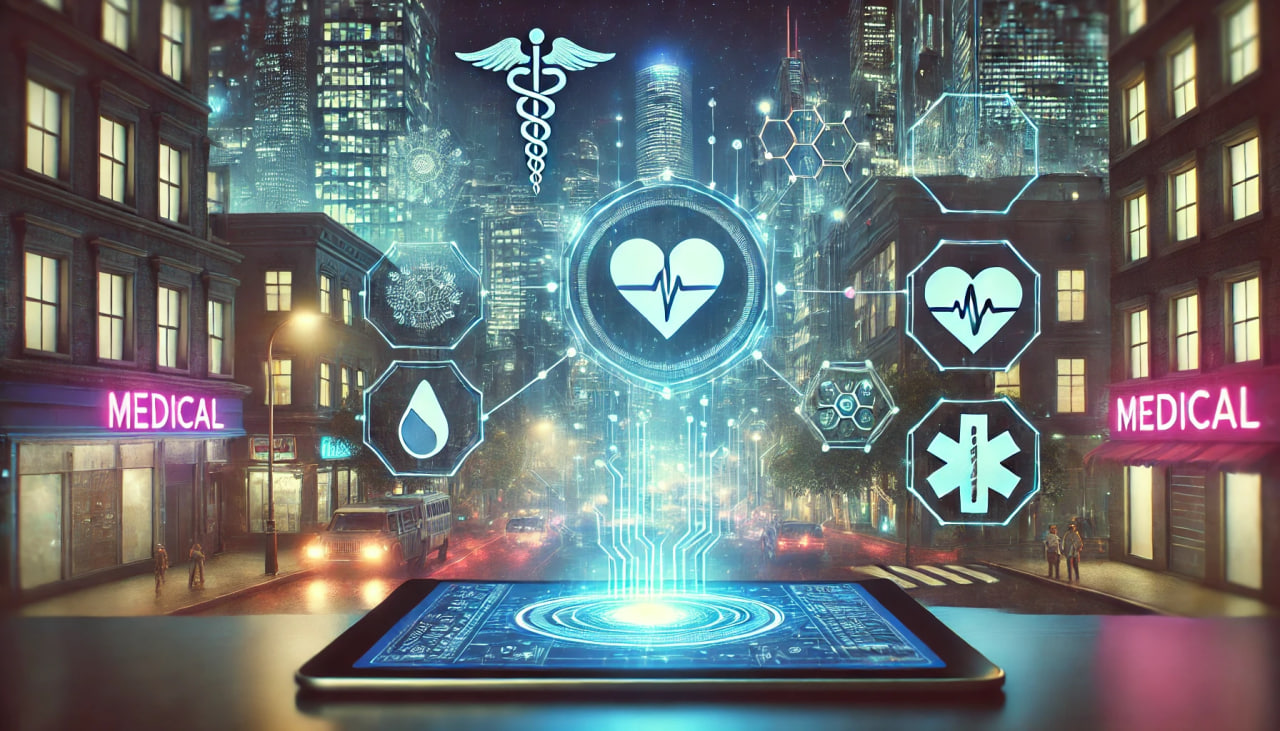
Advantages of Medical dApps
Medical dApps — decentralized applications based on blockchain technology, designed for use in healthcare. These applications allow participants in the system (patients, doctors, insurance companies, and other stakeholders) to securely exchange medical information and interact with each other without the involvement of centralized intermediaries. All data is stored in a distributed network, which eliminates the possibility of data tampering or unauthorized access.
These applications open up new opportunities for managing medical information, make medical processes more efficient, and help reduce costs.
Advantages of Medical dApps
- Improved data security. In traditional storage systems, medical information is stored on centralized servers, which may be vulnerable to hacking. In dApps, data is encrypted and distributed across various network nodes, significantly increasing its protection. Patients can control who and when gets access to their medical records.
- Increased transparency and trust. dApps ensure transparency of all operations with medical data. Every access or change in data is recorded on the blockchain, making it possible to track all actions in the system. This fosters trust between patients and healthcare institutions.
- Optimization of data exchange. In healthcare, there is often a need to exchange medical information between different institutions and specialists. Medical dApps simplify and accelerate this process, removing barriers between different systems and providing instant access to up-to-date data. This is particularly important in emergency situations where time is of the essence.
- Improved interaction among system participants. Thanks to dApps, patients can play a more active role in managing their health. They can control access to their data, receive recommendations based on the analysis of large volumes of medical information, and even enter into smart contracts with insurance companies for the automatic processing of insurance claims.
- Cost reduction. The implementation of dApps can help reduce the costs of data management and administration by eliminating the need for intermediaries and reducing paperwork. This is especially important for insurance companies and government agencies, which can automate many processes and lower operational costs.
Medical dApps represent an innovative solution capable of significantly improving the healthcare system. They provide a high level of data security and transparency, enhance interaction between patients and healthcare institutions, and allow for cost reduction. Despite existing challenges, such as regulatory barriers and the need for integration with existing systems, the prospects for implementing medical dApps in healthcare seem quite promising.
Challenges and Issues
Medical dApps represent a revolutionary direction in healthcare, offering solutions that could significantly change the ways patients and healthcare institutions interact. However, like any innovation, the implementation of these technologies comes with certain complexities and challenges. It is important to understand that despite the obvious advantages, such as improved data security and transparency, optimized information exchange, and cost reduction, there are several obstacles on the path to the widespread adoption of medical dApps that require careful consideration and resolution.
Medical dApps offer numerous innovative possibilities, but their implementation and use face several significant problems and challenges. The table below outlines the main ones:
| Problem or Challenge | Description |
|---|---|
| Regulation | Healthcare is one of the most heavily regulated industries, and the implementation of new technologies requires compliance with numerous legal norms and standards, such as HIPAA and GDPR. |
| Integration with Existing Systems | Existing medical institutions use various information systems. Integrating dApps requires ensuring compatibility and may involve significant costs. |
| Data Privacy | Despite the high level of security provided by blockchain, compliance with data protection laws must be considered to avoid violating patients' rights. |
| User Adoption | dApps are a relatively new technology, and patients as well as medical professionals may face difficulties in learning and adopting new systems and applications. |
| Technical Complexity | The development and implementation of dApps require deep knowledge of blockchain and cryptography, which raises the entry barrier for medical institutions and developers. |
| Stability and Scalability | Current blockchain platforms may encounter scalability issues, limiting their ability to handle the large volumes of data typical for healthcare. |
For medical dApps to become an integral part of modern medicine, efforts to remove these barriers must continue. This requires coordinated efforts from developers, regulators, healthcare institutions, and patients. Only by successfully overcoming the existing challenges can medical dApps realize their full potential and become a vital tool for improving the quality and accessibility of healthcare worldwide.
Examples of Medical dApps
Medical dApps continue to evolve, offering unique solutions for various aspects of healthcare. Let's consider a few examples of such applications and their features:
Medicalchain
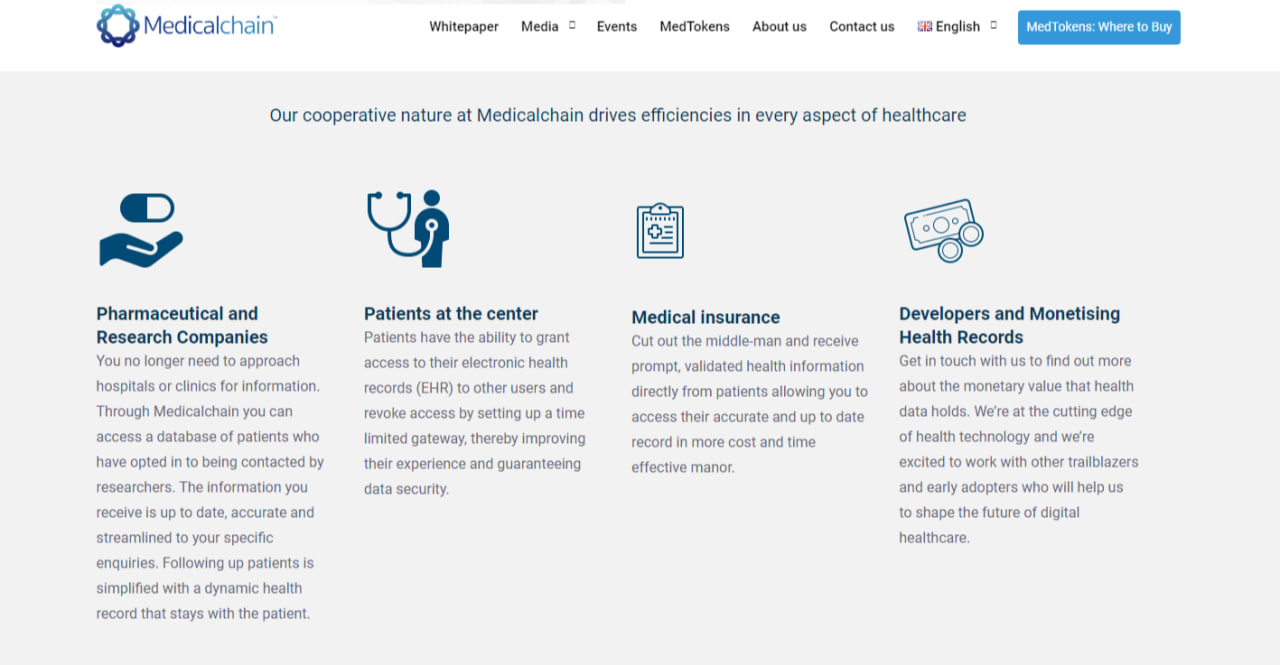
Features:
- Medical Records Management: Medicalchain allows patients to securely store and control access to their medical data, which can be shared with doctors or other medical institutions upon request.
- Telemedicine: The platform supports telemedicine consultations, enabling patients to receive medical care remotely while the doctor has access to the patient’s complete medical history.
- Smart Contracts for Insurance: Using smart contracts, Medicalchain automates insurance processes, reducing the likelihood of errors and speeding up claims processing.
BurstIQ
Features:
- Biometric Identification: BurstIQ uses biometric data to verify patient identity, ensuring a high level of security when accessing medical data.
- Big Data Analysis: The platform collects and analyzes large volumes of health data, allowing for the creation of personalized medical recommendations.
- Consent Management: The consent management system allows patients to control who uses their data and how it is used for research or other purposes, ensuring full compliance with GDPR and HIPAA requirements.
Solve.Care
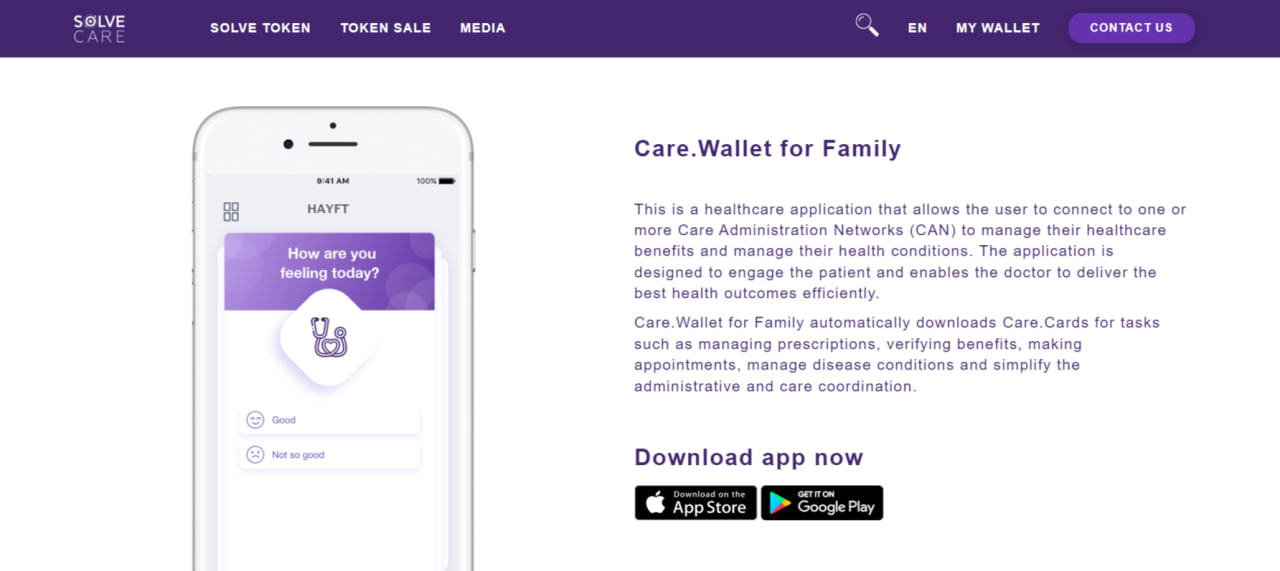
Features:
- Supply Chain Management: Solve.Care optimizes healthcare supply chain management processes, ensuring transparency and efficiency in the delivery of medicines and medical supplies.
- Decentralized Care Plan Management: The platform provides tools for patients and doctors to collaboratively manage care plans, monitor progress, and adapt treatments in real-time.
- Interaction with Insurance Companies: The system automates interactions with insurance companies, including claims processing and payments, simplifying the work for both patients and healthcare institutions.
SimplyVital Health
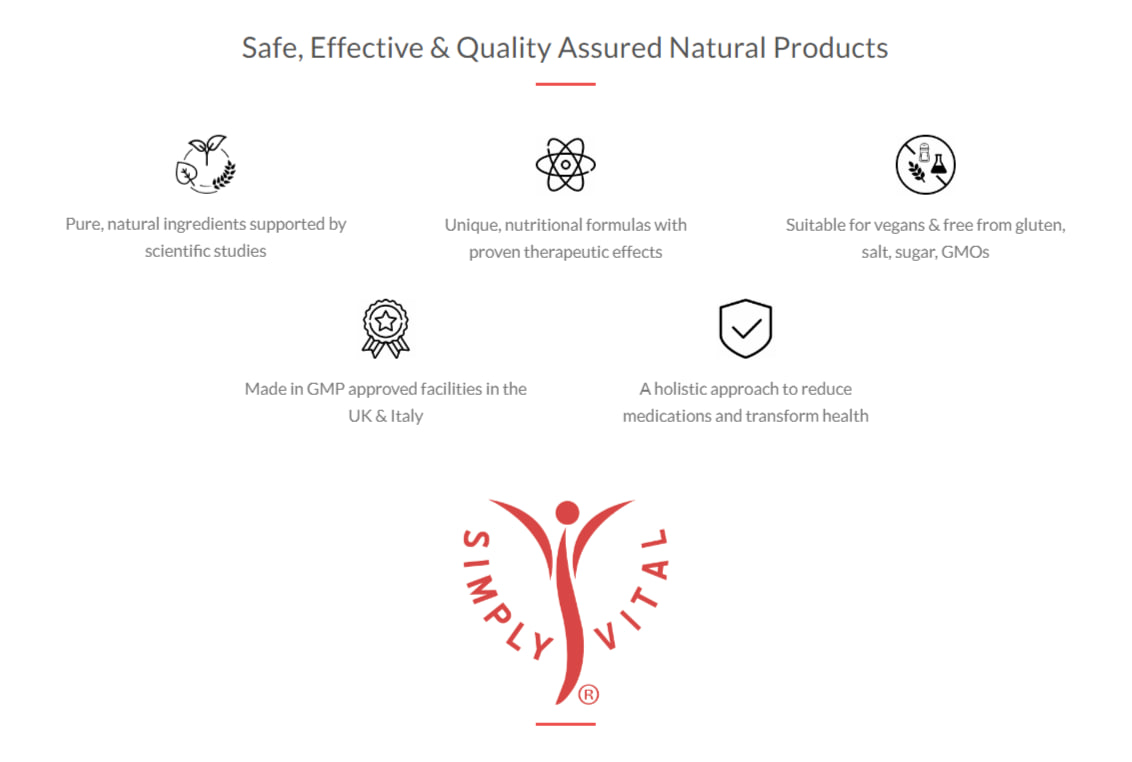
Features:
- Improved Coordination of Medical Services: SimplyVital Health helps coordinate medical services among various providers, ensuring more consistent and efficient patient care.
- Health Nexus Platform: Uses its own blockchain for secure data exchange and integration with various medical systems, ensuring compatibility and information security.
- Analytics and Prediction: The platform analyzes patient data to predict treatment outcomes and optimize medical processes.
Dentacoin
Features:
- Loyalty Program: Dentacoin offers tokens that patients can earn by participating in surveys, leaving reviews of dental services, or recommending clinics to others.
- Dental Insurance: Using Dentacoin tokens, patients can pay for dental services or use them to purchase dental insurance.
- Decentralized Reviews: The system ensures the transparency of dental service reviews, helping to improve service quality and build trust in medical institutions.
Examples of platforms such as Medicalchain, BurstIQ, Solve.Care, and others demonstrate how dApps can optimize various aspects of healthcare — from personalized medicine and telemedicine to supply chain management and insurance services.
However, the implementation of these technologies is not without challenges and issues. Regulatory concerns, the need for integration with existing systems, data privacy compliance, and user adoption — all require careful consideration and comprehensive solutions. Only by successfully overcoming these obstacles can medical dApps realize their full potential and become a vital tool for improving the quality and accessibility of healthcare.
In the future, medical dApps could play a key role in transforming healthcare, making it more efficient, secure, and patient-centered. These technologies open new horizons for creating a global and more equitable healthcare system, where innovation works for the benefit of every patient.
